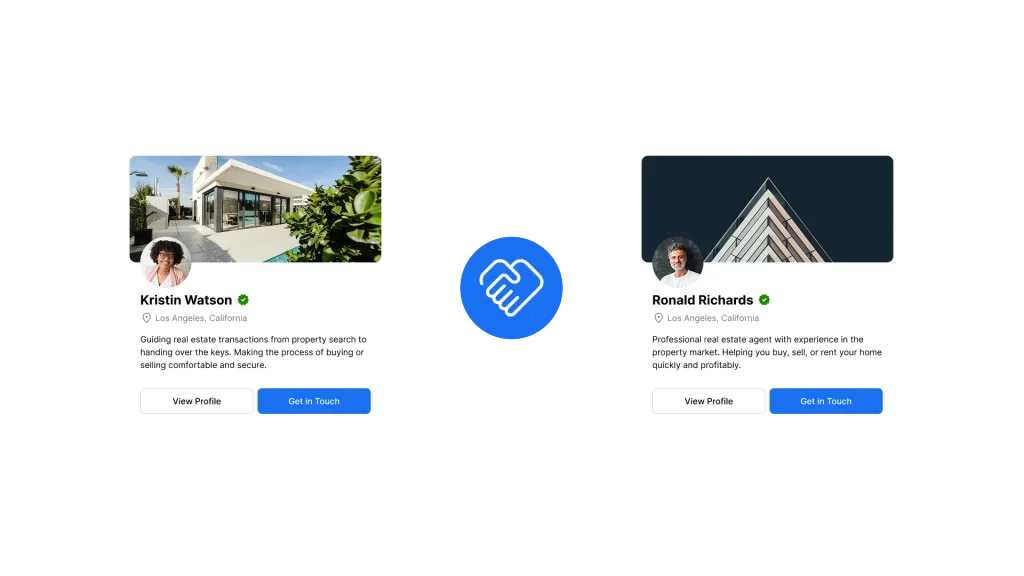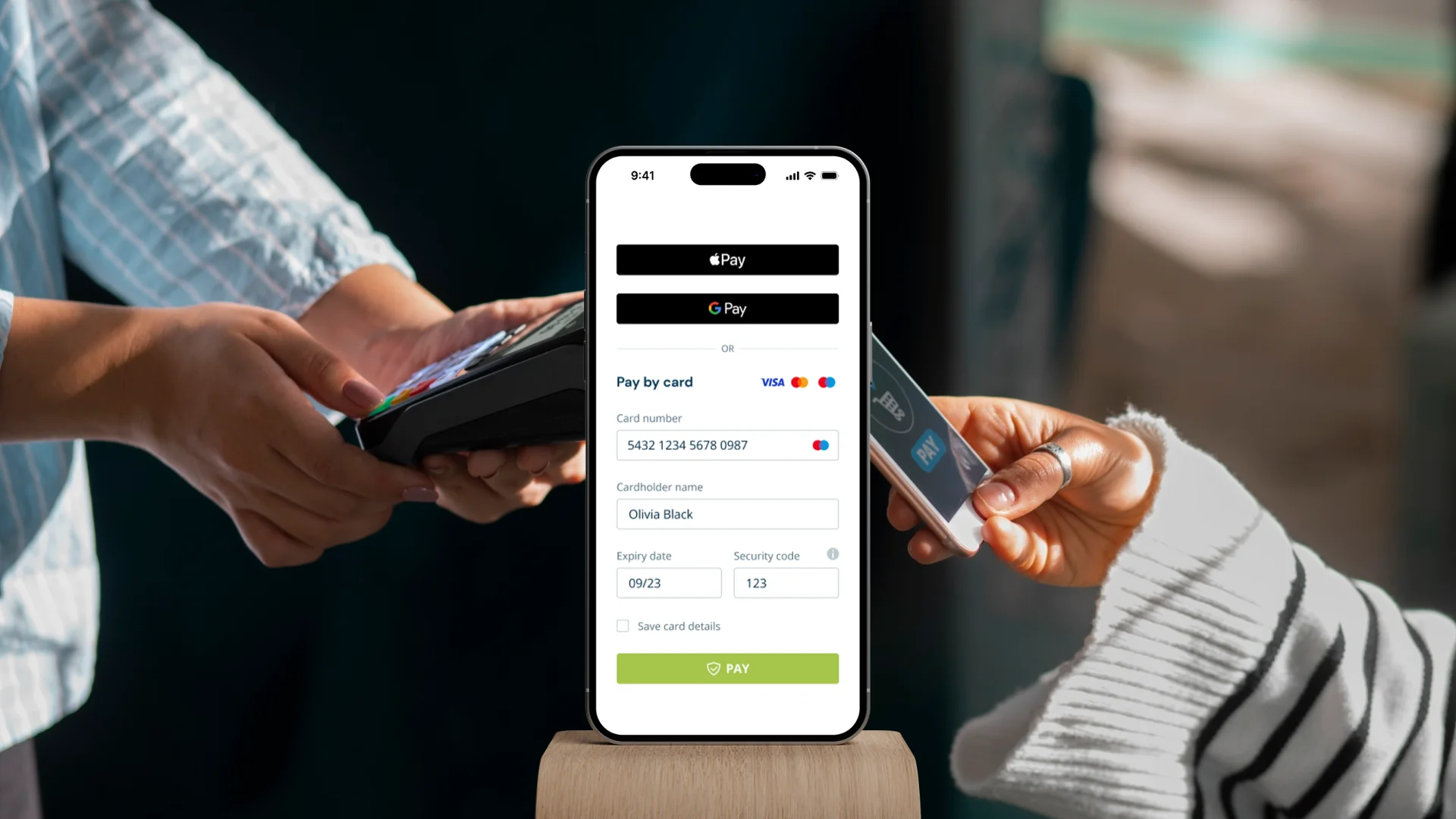The inherited CRM became the ceiling for structural evolution. Its foundation was fragile: hand-written SQL queries embedded in PHP templates, with no separation between interface, business logic, and data access. Even the slightest update to the collection model triggered complete table migrations and tedious manual validations. Since there was no schema versioning, a rollback meant downtime.
Collaboration between teams was fragmented. Agents, coordinators, and external providers had no common workspace in which to collaborate. Approvals were granted via endless email chains. Key players like photographers and inspectors were brought in too late, leading to inconsistent readiness.
Geographic information was not included in the system. Overlays of development plans, utility corridors, and walkability indices were in scattered municipal portals. Moreover, each region had its own standards and peculiarities.
Administration lagged behind growth. The platform managed sensitive data — personal data, financial information, transaction logs, licensing documents — without tiered permissions, audit trails, or encryption at rest. As teams multiplied and roles diversified, the attack surface increased without the infrastructure being able to contain it.
And the business logic itself resisted segmentation. Key workflows such as publishing quotes, sending vendors, updating properties were all enmeshed in a single global state with hard-coded dependencies. Trying to untangle them for parallel development or testing led to regressions that were hard to track. Delivery progress was slow. Experimentation, once a driver of innovation, became a risk few were willing to take.











